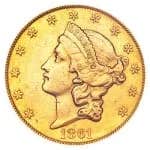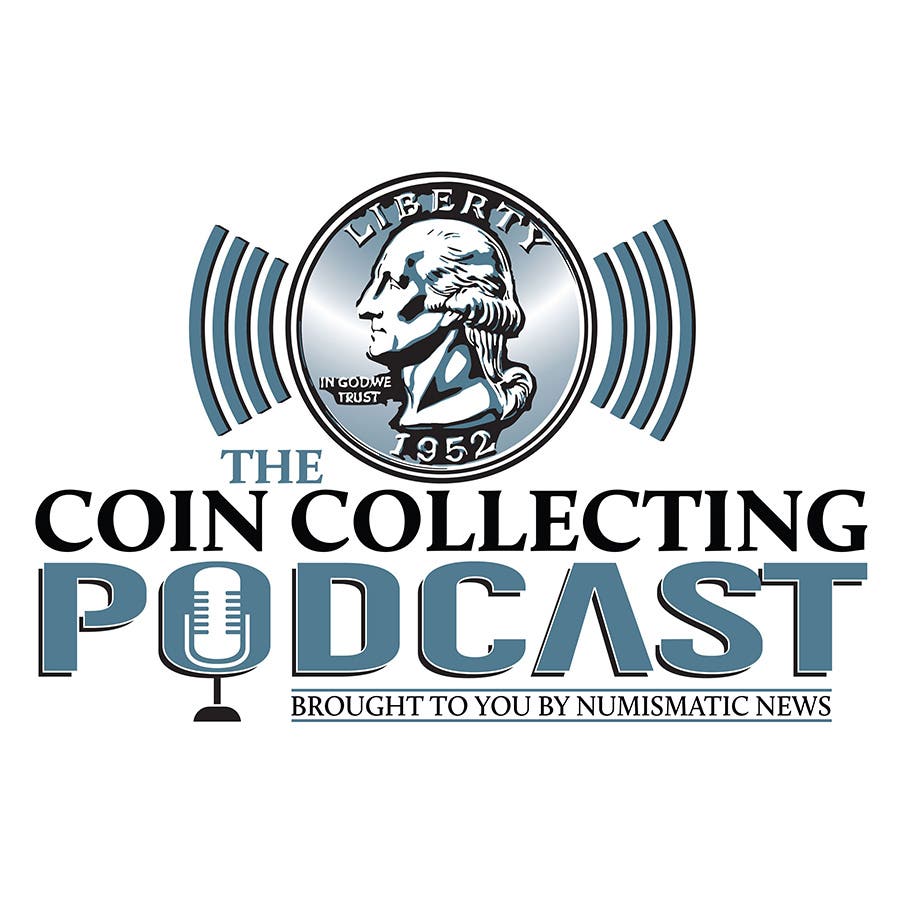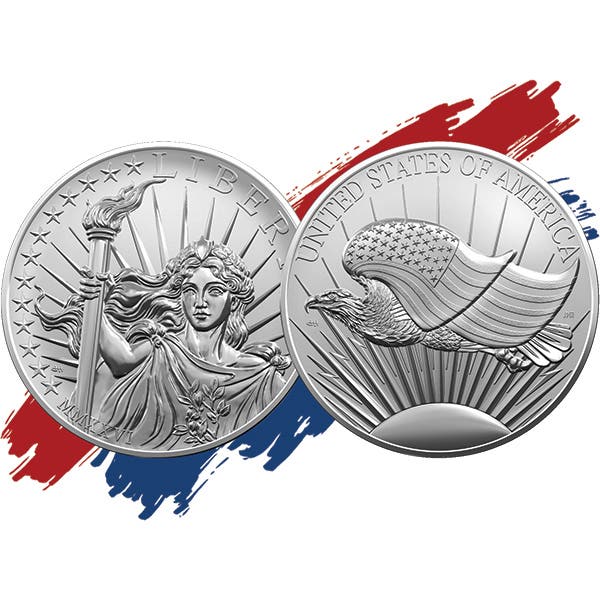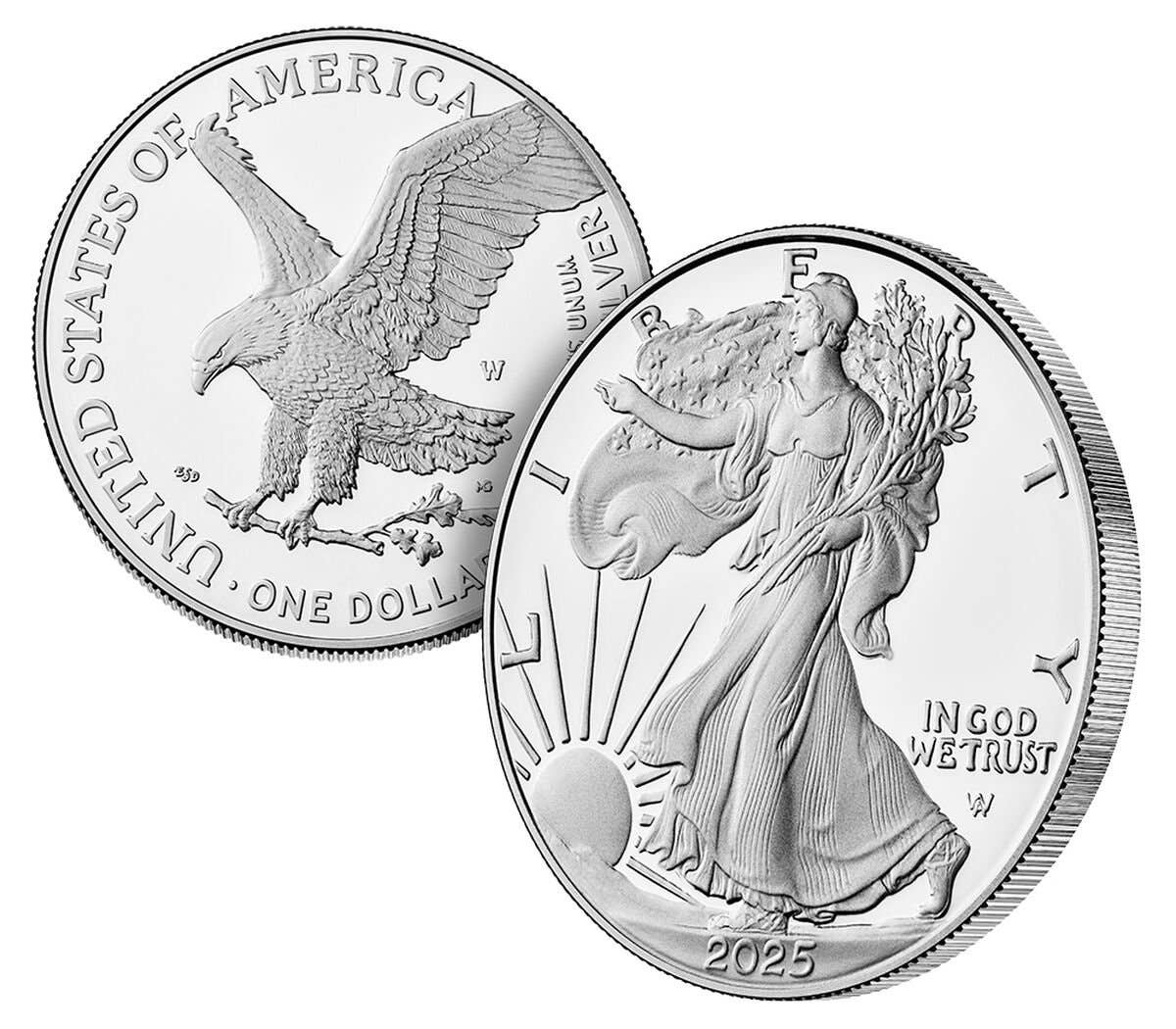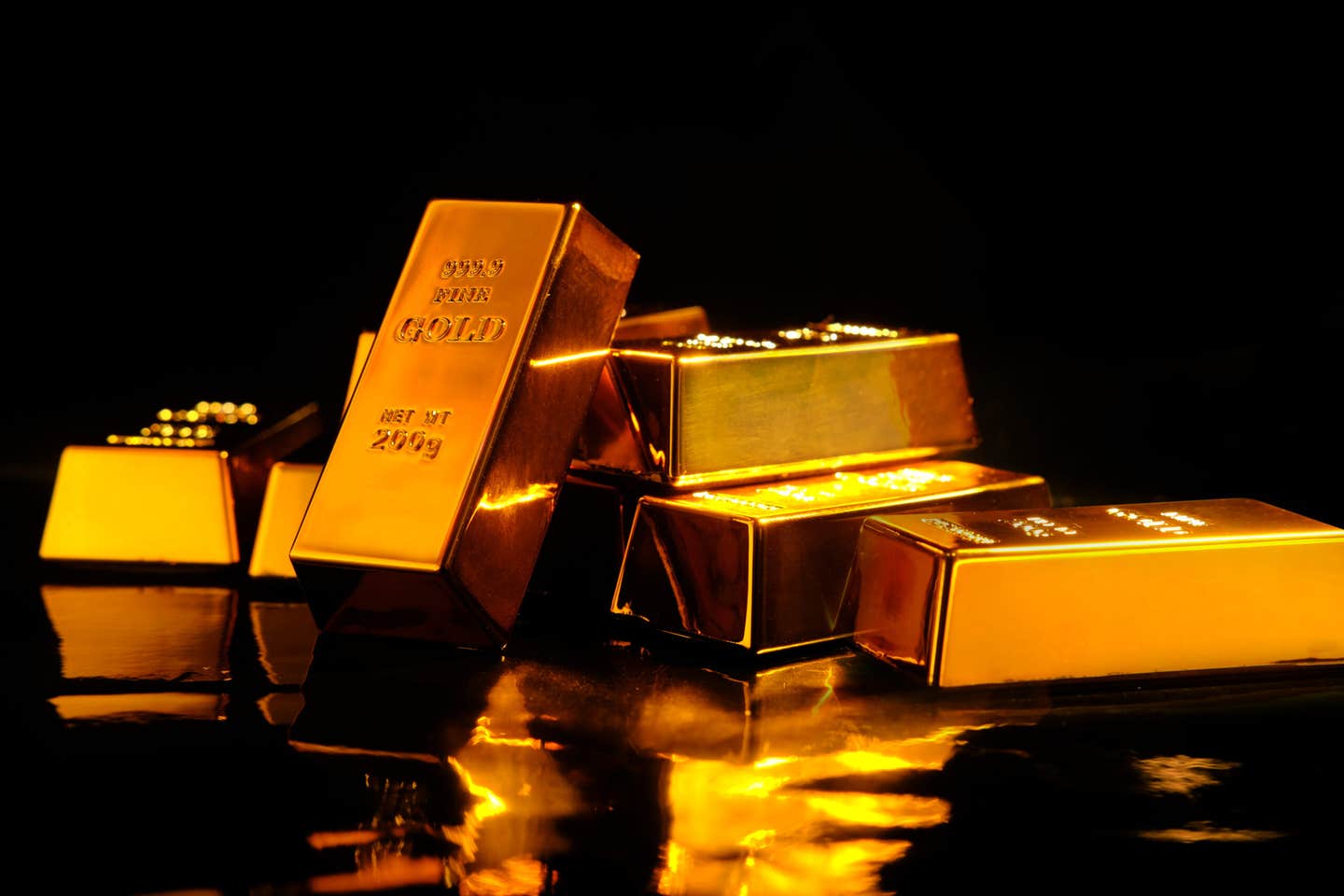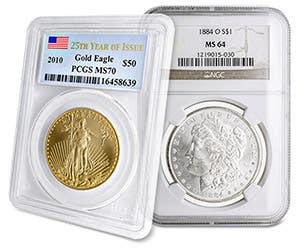Numismatics: Unique Gifts of Enduring Value
Coins and currency make meaningful, lasting gifts—sparking new collectors, honoring personal interests, and offering options for every budget.
Many people are beginning to shop for gifts for the holiday season. Often, the desire is to find the right item, one that is distinctive and will be treasured for years and years.
It just so happens that numismatic coins and currencies have a huge range of items that would be sure to please even those who are not collectors. I have heard stories galore over the years of how collectors entered the hobby because they were given an interesting coin or specimen of currency that sparked their interest (note: I am one in this category).
Most coins and currency can last for a very long time, which meets the criteria of enduring value. There are so many ways that numismatic items might fit someone’s interests that there is bound to be something perfect for them.
Many people give gifts of birth-year proof sets or 1-ounce silver coins. Others select items from their national heritage. If you are looking for a theme, such as animals, ships, buildings, monarchs, statues, and the like, you are almost certain to find just the right item.
Best of all, many coins and paper money issues can be located in just about every price range.
Now, the simple act of giving such items can be enough by itself. However, you can also expand this by giving a gift of your time to share what is interesting and distinctive about each piece. The collectors who entered the hobby as a result of a gift they received from someone almost always remember who it was who gave them that present.
Another kind of gift you could offer is to drive someone to a coin show to expose them to a wide range of treasures. Maybe you could take them to your favorite coin shop. How about a membership in the American Numismatic Association or a state or local coin group? If nothing else, you could always spring for a gift certificate so that the recipient could use it to find the perfect item for themselves.
Where I work, we have a small treasure chest in the center of the showroom from which children are welcome to select up to six coins each time they visit our store. These are foreign coins of minimal value, but you should see how many children beg their parents to take them to visit the store so they can look for new discoveries. Beyond the possibility that they might become numismatists themselves, they are also learning in the process about history, economics, culture, language, finance, art, metallurgy, and biography. Being able to touch something themselves is an experience they can’t match by looking at a computer screen or cell phone.
Last column’s numismatic trivia question.
Last time I asked— Why are some private and territorial gold issues more commonly available to collectors than pieces struck by other operators? When a private company began to strike its own gold coins, invariably, the quality of its pieces was quickly tested by melt and assay. Some private gold issuers were found to be scrupulous in producing coins of full weight and purity of their gold content. Their issues tended to circulate far and wide. Betchler gold coins, for example, were struck in North Carolina and Georgia from 1832 to 1852. Their standards were so strict that North Carolina banks accepted them at full face value into the early 1900s. Betchler issues are comparatively plentiful for territorial gold coins. The Templeton Reid issues in Georgia in 1830 were found to be short of full gold content. As a consequence, relatively few pieces were struck, most of which were quickly melted. Today, these lower-quality issues tend to be much rarer and are valued more highly.
This week’s trivia question
Here is this week’s question. Why was the British penny referred to by the symbol “d?” Come back next week for the answer.
Patrick A. Heller was honored as a 2019 FUN Numismatic Ambassador. He is also the recipient of the American Numismatic Association 2018 Glenn Smedley Memorial Service Award, the 2017 Exemplary Service Award, the 2012 Harry Forman National Dealer of the Year Award, and the 2008 Presidential Award. Over the years, he has also been honored by the Numismatic Literary Guild, Professional Numismatists Guild, National Coin & Bullion Association, and the Michigan State Numismatic Society. He is the communications officer of Liberty Coin Service in Lansing, Michigan, and writes “Liberty’s Outlook,” a monthly newsletter on rare coins and precious metals subjects. He now volunteers with the National Coin & Bullion Association as its Industry Issues Advisor. Past newsletter issues can be viewed at www.libertycoinservice.com. Some of his radio commentaries, "Things You ‘Know’ That Just Aren’t So,” and “Important News You Need To Know,” can be heard at 8:45 a.m. Wednesday and Friday mornings on 1320-AM WILS in Lansing (which streams live and becomes part of the audio archives posted at www.1320wils.com).
You may also like:

